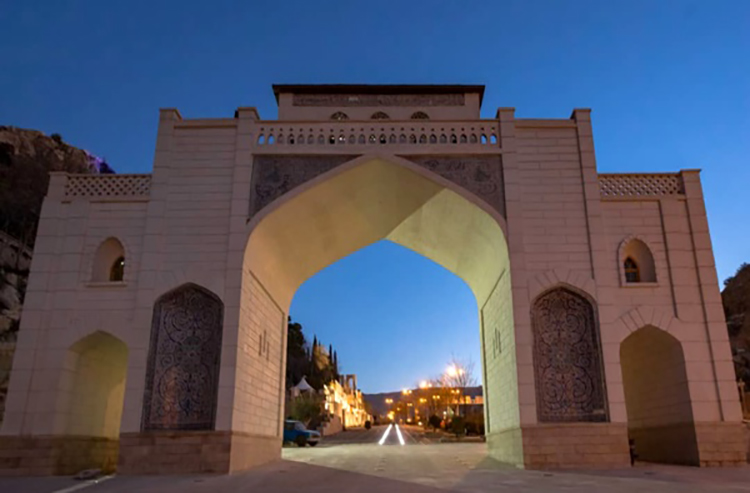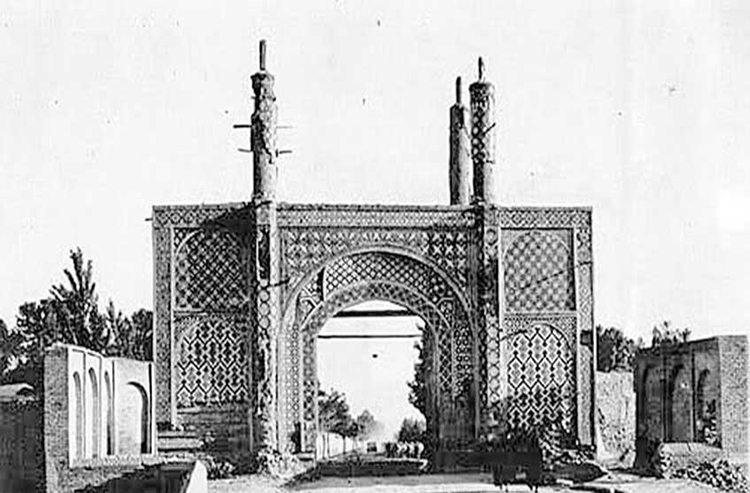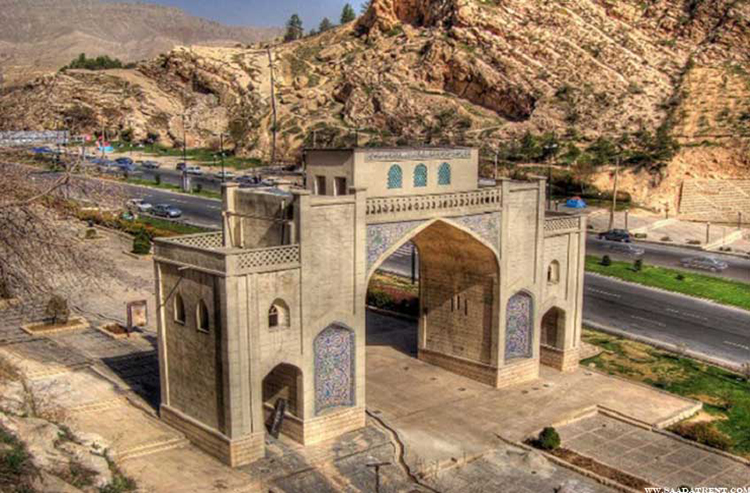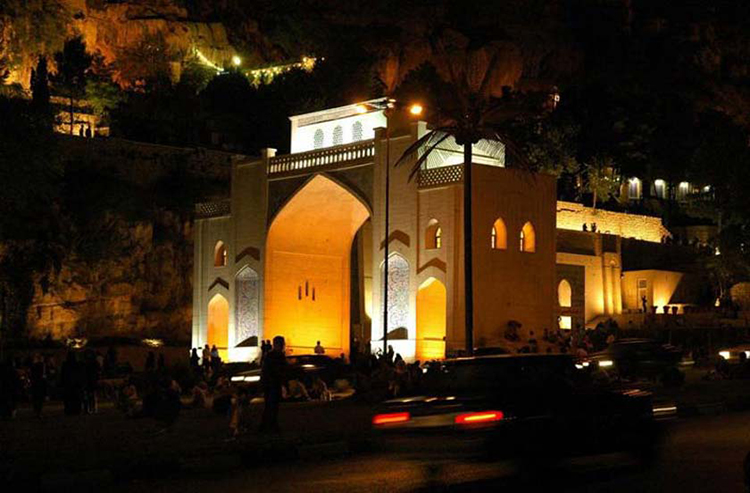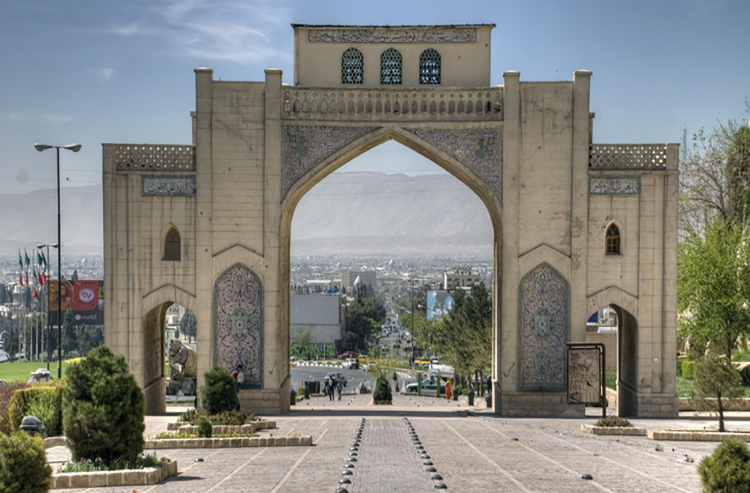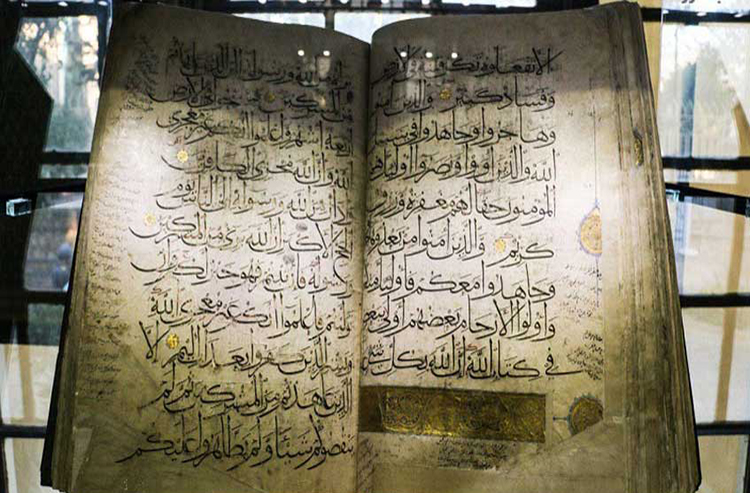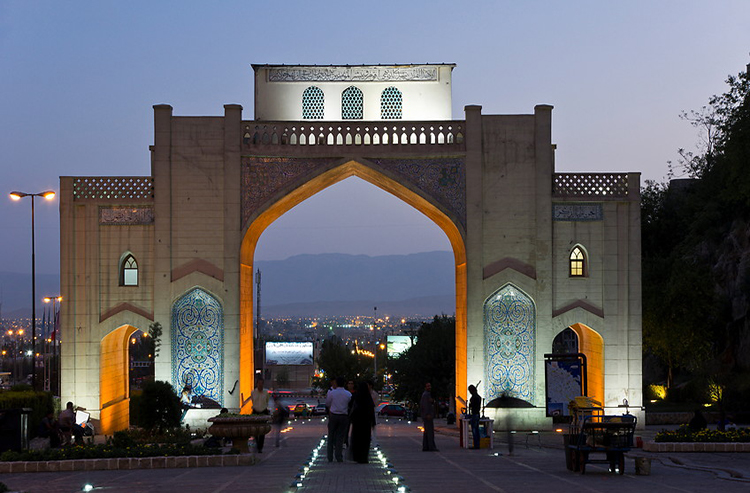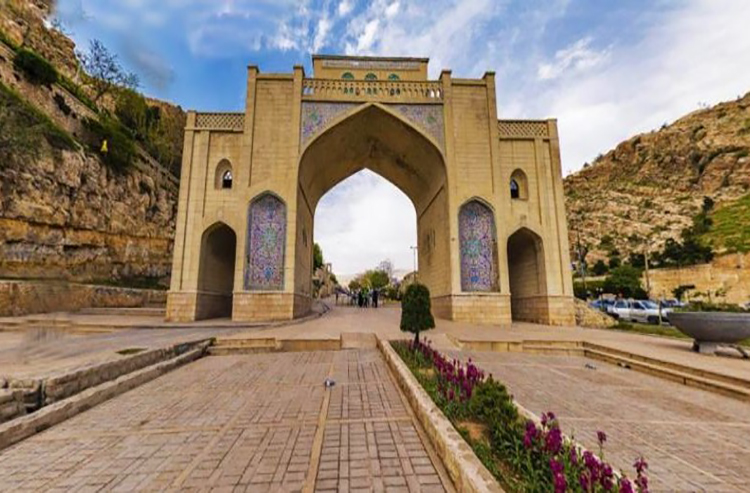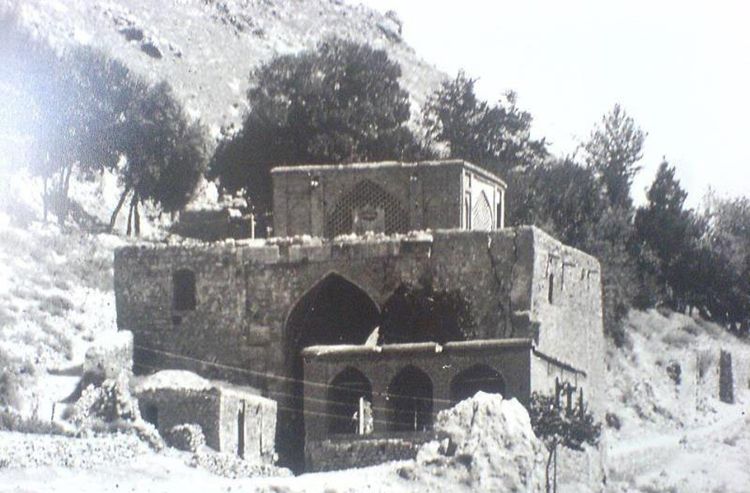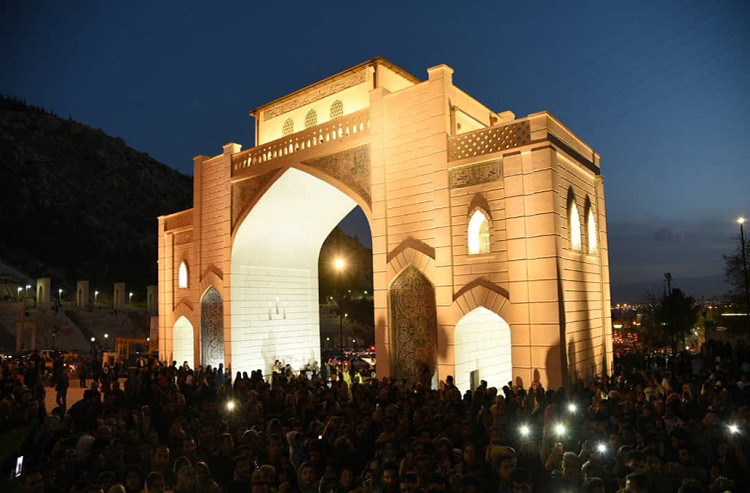Quran Gate
Quran Gate might not seem as important as other attractions of Shiraz like Pasargadae, Persepolis, Tomb of Hafez and the like. However, it does not necessarily mean that it is less attractive than them. In fact, visiting Quran Gate is a must as it is one of the prominent symbols of Shiraz.
Location of Quran Gate
This building has been registered on the 19th /1375/1800 in the national monuments list.
Quran Gate in Shiraz is located in the northeastern part of this city, in Tangollah Akbar, between the Chehel Magham Mountain and Babakouhi Mountain, and is located at the exit of Shiraz to the city of Marvdasht.
Though there are many entranceways to the city, Quran Gate is the northern entrance to Shiraz. To get to this amazing gate, you should only take Haft Tanan Boulevard.
Of course, there are 5 more gates instead of Quran Gate, which remained only this gates from these gates. Although these gates do not have physical presence, they are recorded in the memory of the people.
History of Quran Gate
When Quran Gate was built in Shiraz, Buyid Dynasty was ruling Iran and Iraq. Azado Dolleh was the most famous one among Buyid Kings. He was actually the one to whom Quran Gate owes its life. A nice view was given to the city by its construction. Azado Dolleh also commanded upon putting a Quran above the gate so that people would go pass under it. It is actually a religious belief that if you go pass under the Quran, your trip would be safe and sound as God will keep an eye on you and he will be taking care of you. Unfortunately, lack of enough attention has caused it to be transformed into ruins. But it was not the fate that was waiting for Quran Gate. Karim Khan Zand, Zand Dynasty founder, renovated the gate and made it look even better than before. But the earthquakes that took place in Qajar era ruined it again. Nevertheless, renovations on this gate were never stopped. In 1937, the gate was totally destructed by the municipality of the time using dynamites. The Qurans above the gate were also transferred to Pars Museum. In 1949, a well-reputed Shirazi businessman, Etemad-ol Tojjar, built another Quran Gate in a very short distance from the former one. According to his will, his dead body was buried in the small room on the left side of the gate.
History of Quran at Shiraz Gate
As it is known from the name of the Quran gate in Shiraz, this building has been the site of many Quran manuscripts throughout its lifetime.Each of these Quran has many stories that have a high reputation. Because of the weight they had, these Qurans called it seventeen Maan ) maan is weight measurement unit in ancient times). The simple writing of these Qur'ans and that they were without illumination shows that this Quran was written in the course of Shahrokh Gurkani's time.
Each volume of these Quran has an initial weight of over 51kg. But over time, with the damage to the body of these Qurans, their weight has been reduced. Each of them now weighs more than 21 kilograms.
The people of Shiraz had a strange belief in these Qurans, and for this reason, the lunar month came to Quran gate in Shiraz and went below it and insured themselves by the end of the month against disasters. It was also done 40 years ago. Some narrations also say that this work was done every Friday.
Architecture of Quran Gate
Like many other gates in Iran, Quran Gate has an outstanding arch that is decorated with some verses of the Quran. Quran is kept in the small room above the gate with delicate latticework on its windows. There are also colorful tiling on the structure of the gate that keeps it really eye-catching. The gate is also decorated with lights at night and its visual effect on the spectator seems to be multiplied. The majestic view of the gate leaves everyone in deep appreciation.
Based on the testimonials of the Qurans gate of Karim Khan Zand, and the images retrieved by Zaki Khan, it seems that in the past and at the upper gate there was a room that was decorated with lattice windows.
The current gate is larger than the previous gate, and its openings are arranged articulately. Two small entrances are created on the sides of it, and the rectangular room is special place for Quran. The foreheads are made with seven-tone tiles.

